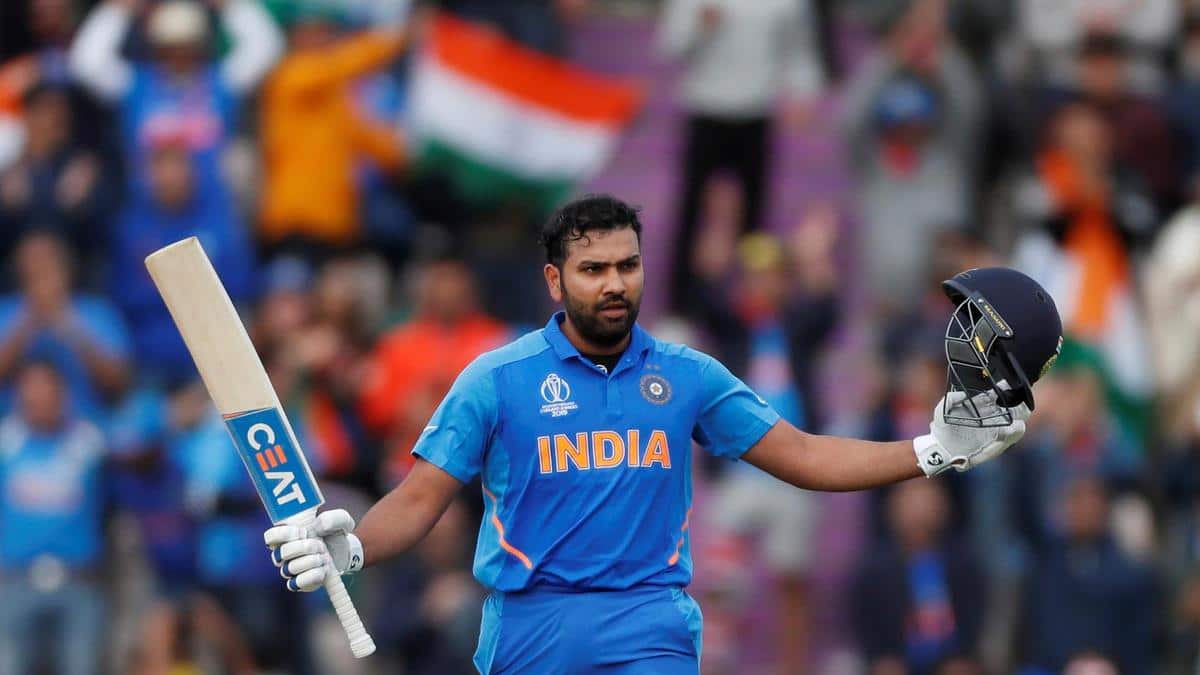
What is ODI in cricket?
A One-Day International or ODI is a limited-overs form in cricket that is played between two teams with international status. An ODI consists of 50 overs each played by the two teams and generally lasts for close to 8 hours. ODI is one of the oldest forms of cricket and was first played in 1971 between Australia and England. Australia won the game by 5 wickets. While there were a few matches here and there, ODI cricket took off only in the late 1970s when the Kerry Packer series was announced. Superstars from all over the world took part in the competition with coloured clothes being introduced and the games being played under lights for the first time. White balls were also introduced for the first time in the event, while the different camera angles and microphones to capture the audio of the players also came into the game.
ODIs are a quick format in which the results are declared in a single day rather than waiting for 5 days. An ODI Cricket World Cup is held every four years, a one-and-a-half month-long tournament at the end of which a champion is crowned. The first ODI World Cup was held in 1979 in England, with West Indies under the captaincy of Clive Lloyd taking the honours. The West Indies were again crowned winners in 1979 before India won their first ODI championship in 1983.
Also Read: What is T20I Cricket?
India becoming champions marked a significant chapter in the history of ODI cricket in India. The sport became a national obsession and has grown immensely since the time. The 1987 edition of the ODI World Cup was won by Australia, while Pakistan took the glory in 1992. The 1996 edition of the World Cup saw Sri Lanka becoming a force in cricket, with Arjuna Ranatunga taking a young team to glory.
The 1999 edition was the start of Australian dominance. They were ruthless across all facets and won the 1999, 20003 and 2007 editions of the Cricket World Cup. The ’99 semi-final match between Australia and South Africa is still rated one of the best ODI matches of all time.
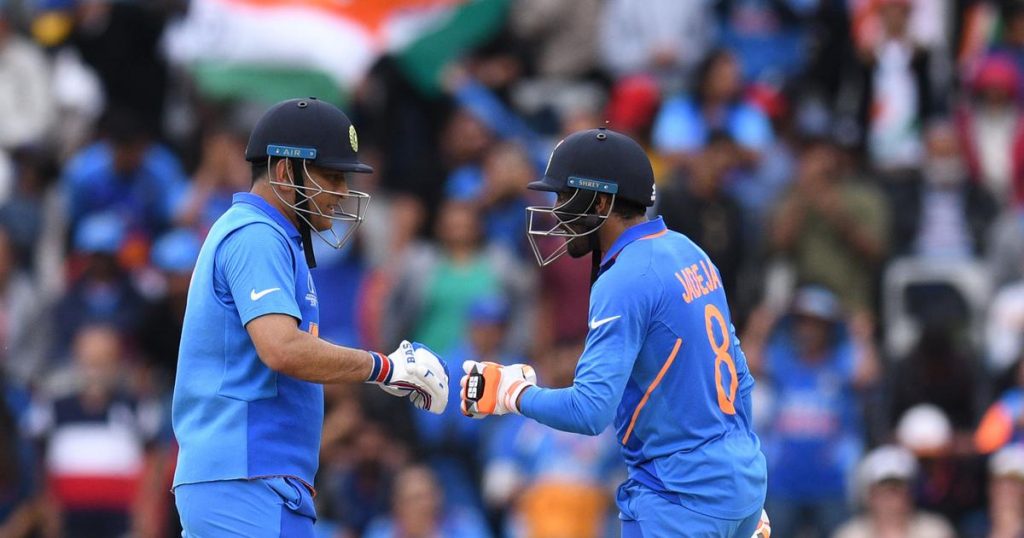
India won the 2011 edition of the World Cup under MS Dhoni after 28 years beating Sri Lanka in the final. Australia then claimed their fifth title beating New Zealand in the final of the 2015 World Cup in front of a packed Melbourne Cricket Ground. The 2019 edition of the World Cup saw England defeat New Zealand in one of the most pulsating matches one can remember in recent times.
There are bilateral encounters held around the year with teams taking part in various ODI series. The International Cricket Council recently introduced an ICC Cricket World Cup Super League, an ODI league, taking place from July 2020 to March 2023.
What are the rules of ODI cricket?
An ODI is played between two teams with 11 players on each side. The team batting first is allotted 50 overs in which they have to score as many runs as possible. The fielding side then gets a chance to bat,, and they have to try and chase down the target.
Each bowler is restricted to bowling a maximum of 10 overs, so a team must have five competent bowlers or bowling all-rounders on their side.
There are fielding restrictions for the first 10 overs, with only 2 fielders allowed outside the 30-yard circle. Between overs 11 and 40, four fielders will be allowed outside the 30-yard circle. In the last 10 overs, five fielders are allowed to field outside the 30-yard circle.
If a contest ends in a tie, there will be a Super Over or a one-over eliminator in place, which decides the winners of the contest.
If a match is affected by external conditions like bad weather and a certain number of overs are lost, then the target or result is determined by the Duckworth Lewis Stern method.
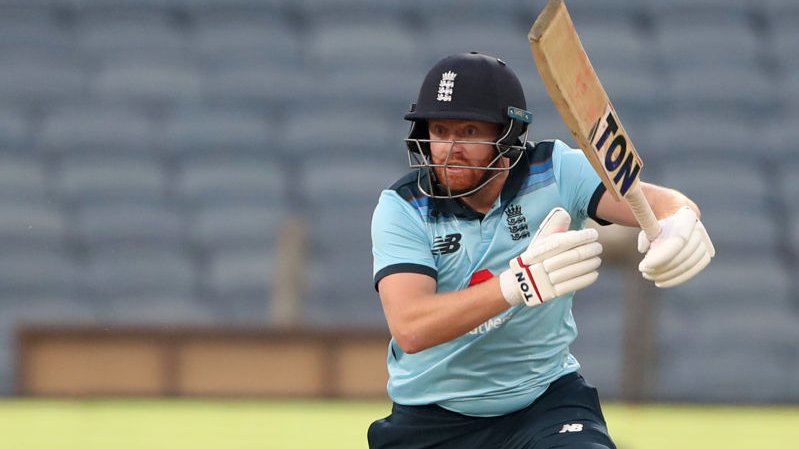
Currently, the 12 Test-playing nations have permanent ODI status.
Also Read: What is Test Cricket?
ICC ODI Team Rankings
| Position | Team | Points | Rating |
| 1 | India | 5085 | 116 |
| 2 | Pakistan | 3793 | 115 |
| 3 | Australia | 3244 | 112 |
| 4 | South Africa | 3624 | 106 |
| 5 | England | 2459 | 105 |
| 6 | New Zealand | 2524 | 103 |
| 7 | Sri Lanka | 2740 | 92 |
| 8 | Bangladesh | 2523 | 92 |
| 9 | Afghanistan | 2657 | 80 |
| 10 | West Indies | 1054 | 68 |
Heading into the 2023 Cricket World Cup, hosts India find themselves on top of the rankings with 5085 points. Pakistan are in second place with 3793 points while five-time world champions Australia close out the rankings in third place and with 3244 points to their name. South Africa are fourth while the defending world champions England are fifth. New Zealand, who finished runners-up in the final of 2019, are sixth in the ICC ODI Men’s Team Rankings.
ICC ODI Player Rankings
Top Batsmen
| Position | Player | Team | Rating |
| 1 | Babar Azam | Pakistan | 857 |
| 2 | Shubman Gill | India | 847 |
| 3 | Rassie van der Dussen | South Africa | 743 |
| 4 | Harry Tector | Ireland | 801 |
| 5 | Imam-ul-Haq | Pakistan | 779 |
| 6 | David Warner | Australia | 775 |
| 7 | Quinton de Kock | South Africa | 762 |
| 8 | Heinrich Klaasen | South Africa | 758 |
| 9 | Virat Kohli | India | 754 |
| 10 | Fakhar Zaman | Pakistan | 747 |
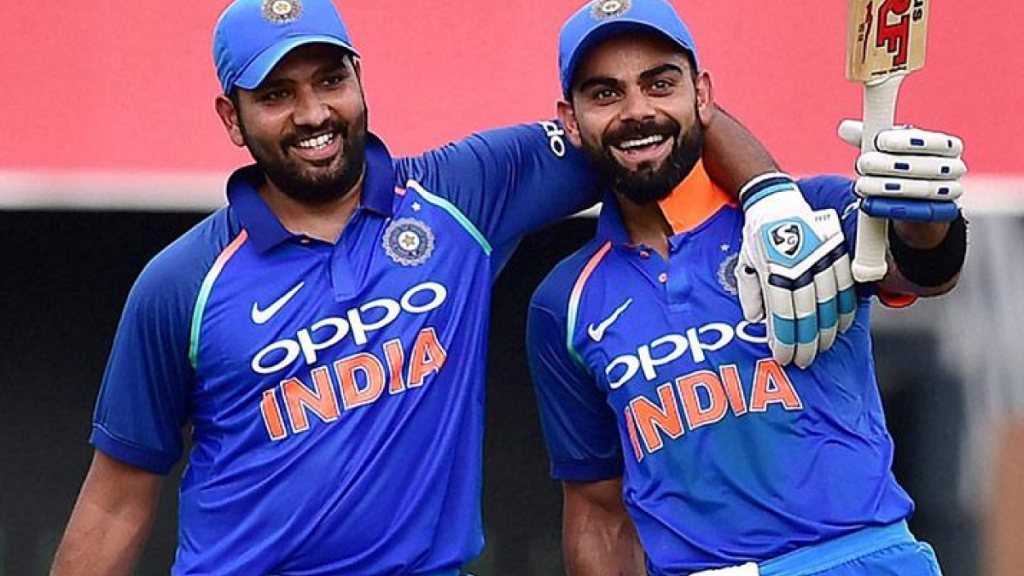
Top Bowlers
| Position | Player | Team | Rating |
| 1 | Mohammed Siraj | India | 680 |
| 2 | Josh Hazlewood | Australia | 669 |
| 3 | Mujeeb Ur Rehman | Afghanistan | 657 |
| 4 | Rashid Khan | Afghanistan | 655 |
| 5 | Trent Boult | New Zealand | 654 |
| 6 | Mitchell Starc | Australia | 639 |
| 7 | Adam Zampa | Australia | 637 |
| 8 | Shaheen Afridi | Pakistan | 632 |
| 9 | Matt Henry | New Zealand | 626 |
| 10 | Kuldeep Yadav | India | 625 |
Top All-rounders
| Position | Player | Team | Rating |
| 1 | Shakib Al Hasan | Bangladesh | 349 |
| 2 | Mohammad Nabi | Afghanistan | 302 |
| 3 | Sikandar Raza | Zimbabwe | 287 |
| 4 | Rashid Khan | Afghanistan | 259 |
| 5 | Assad Vala | Papua New Guinea | 248 |
| 6 | Zeeshan Maqsood | Oman | 235 |
| 7 | Hardik Pandya | India | 233 |
| 8 | Mehedi Hasan | Bangladesh | 210 |
| 9 | Michael Leask | Scotland | 208 |
| 10 | Wanindu Hasaranga | Sri Lanka | 207 |
When we talk about the best batsmen in ODIs, Babar Azam leads the charts and is currently ranked NO.1 in the batting list. He is followed by Shubman Gill of India. India’s Mohammed Siraj is currently the no.1 ranked bowler according to the ICC rankings with the likes of Mitchell Starc, Shaheen Afridi, Rashid Khan and Kuldeep Yadav also featuring in the top 10. Shakib Al Hasan heads the list for the No.1 all-rounder in terms of ICC rankings with Ravindra Jadeja the only Indian on the list.
Who is the highest run-scorer in ODIs?
| Player | Mat | Runs | Avg | HS | 50s | 100s |
| Sachin Tendulkar | 463 | 18426 | 44.83 | 200* | 96 | 49 |
| Kumar Sangakkara | 404 | 14234 | 41.99 | 169 | 93 | 25 |
| Ricky Ponting | 375 | 13704 | 42.04 | 164 | 82 | 30 |
| Sanath Jayasuriya | 445 | 13430 | 32.36 | 189 | 68 | 28 |
| Virat Kohli | 281 | 13083 | 57.38 | 183 | 66 | 47 |
| Mahela Jayawardene | 448 | 12650 | 33.38 | 144 | 77 | 19 |
| Inzamam-ul-Haq | 378 | 11739 | 39.53 | 137* | 83 | 10 |
| Jacques Kallis | 328 | 11579 | 44.36 | 139 | 86 | 17 |
| Sourav Ganguly | 311 | 11363 | 41.02 | 183 | 72 | 22 |
| Rahul Dravid | 344 | 10889 | 39.17 | 153 | 83 | 12 |
Even after so many years since he has retired, no one has come close to Sachin Tendulkar when we talk about the most runs in ODI cricket. The Indian maestro has smashed 18426 runs in 462 matches averaging 44.83 with 96 half-centuries and 49 tons. Amongst the current crop, only Virat Kohli is the one who is likely to break Tendulkar’s record and he is a distance away from the milestone.
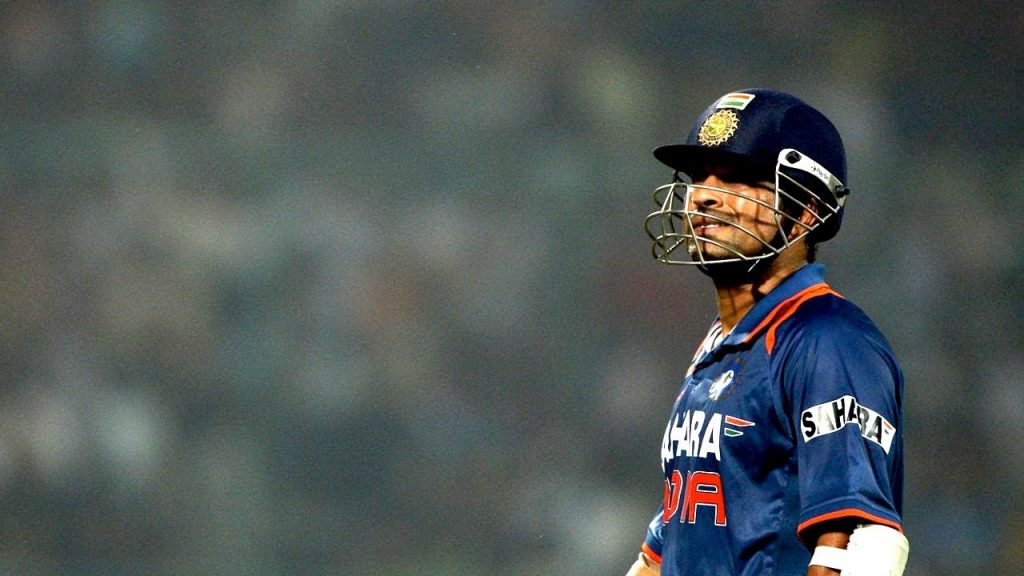
Who has taken the most number of wickets in ODIs?
| Bowler | Matches | Wickets | Best Bowling |
| Muttiah Muralitharan | 350 | 534 | 7/30 |
| Wasim Akram | 356 | 502 | 5/15 |
| Waqar Younis | 262 | 416 | 7/36 |
| Chaminda Vaas | 322 | 400 | 8/19 |
| Shahid Afridi | 398 | 395 | 7/12 |
| Shaun Pollock | 303 | 393 | 6/35 |
| Glenn McGrath | 250 | 381 | 7/15 |
| Brett Lee | 221 | 380 | 5/22 |
| Lasith Malinga | 226 | 338 | 6/38 |
| Anil Kumble | 271 | 337 | 6/12 |
Sri Lankan bowling legend Muttiah Muralitharan heads the lust for most wickets in ODIs. He picked up 534 wickets in 350 outings with best bowling figures of 7/30. Legends such as Wasim Akram, Glenn McGrath, Lasith Malinga and Anil Kumble all feature in the list.
Also Read: Who is the best player in the IPL?



